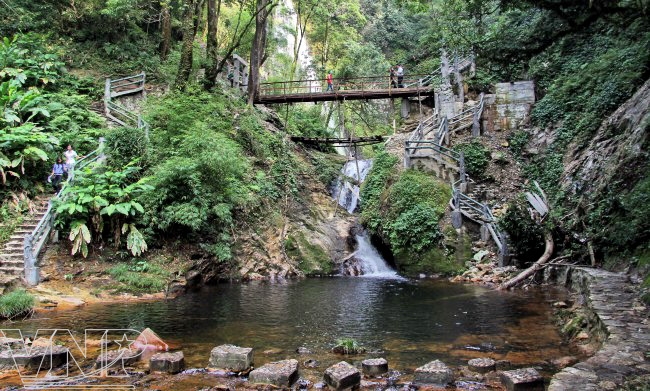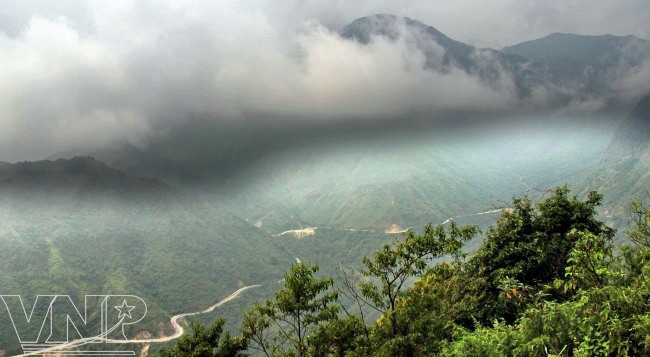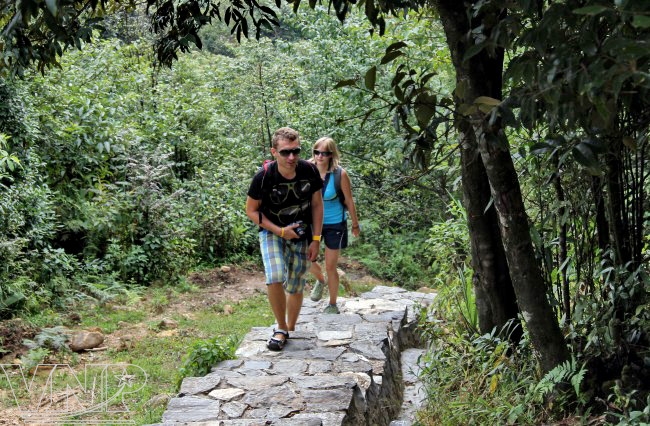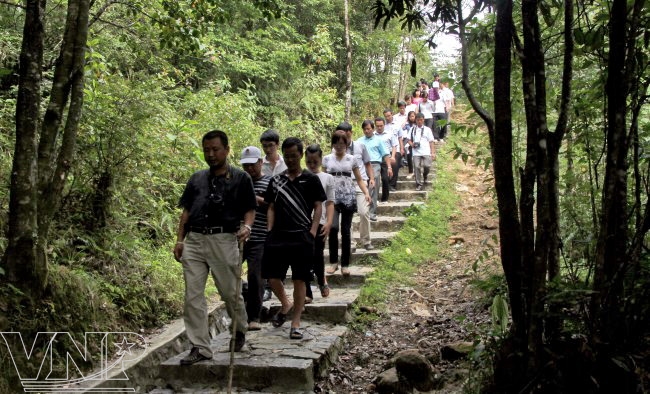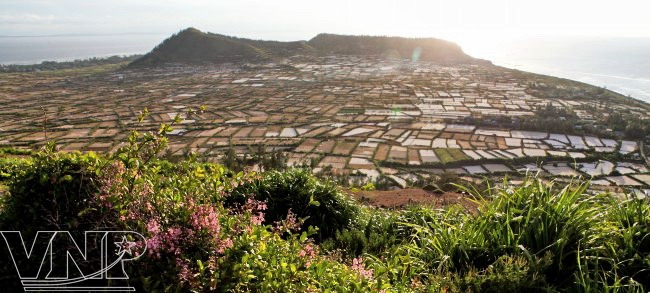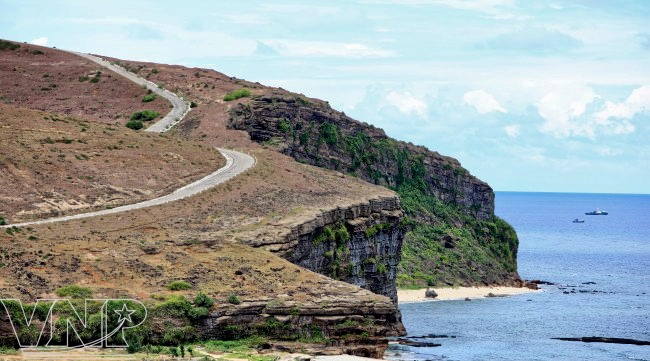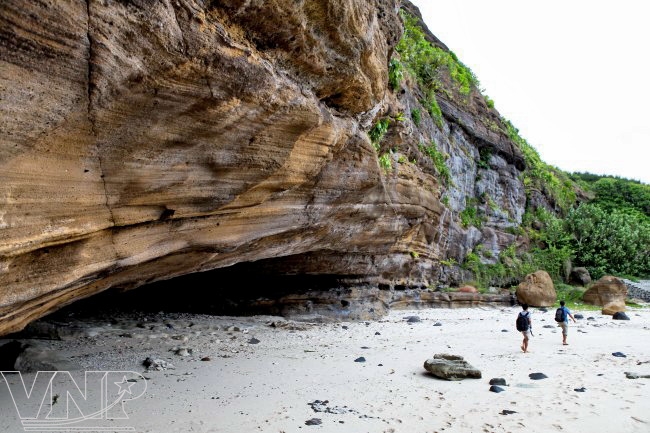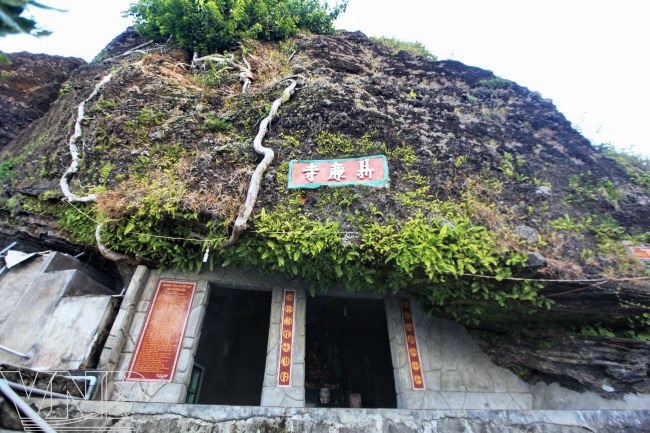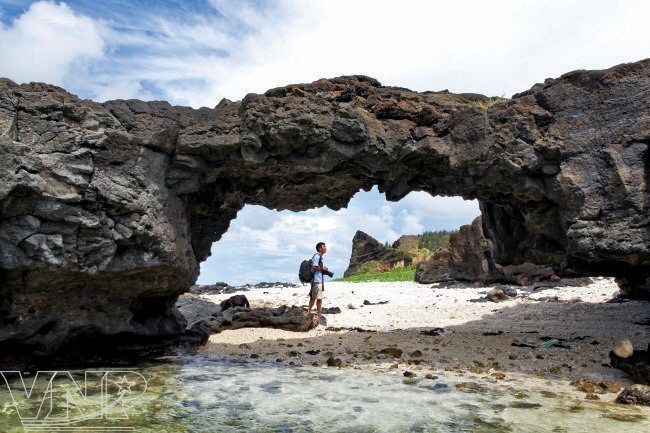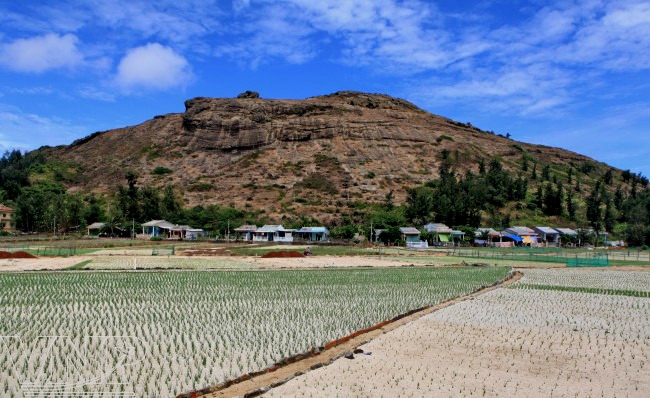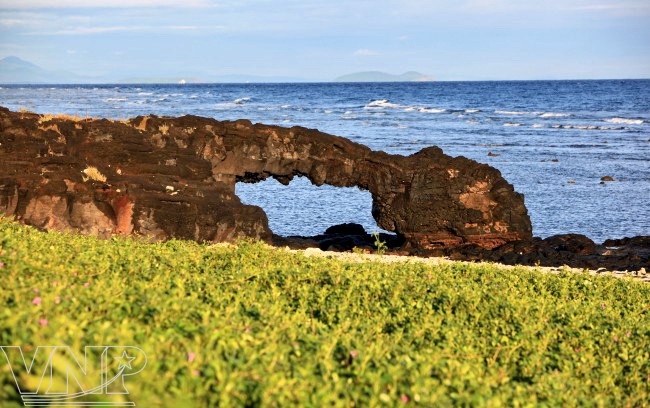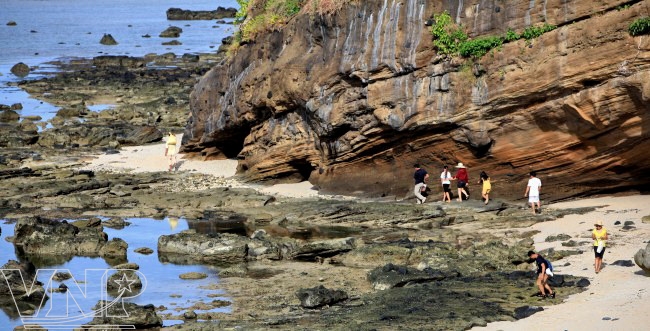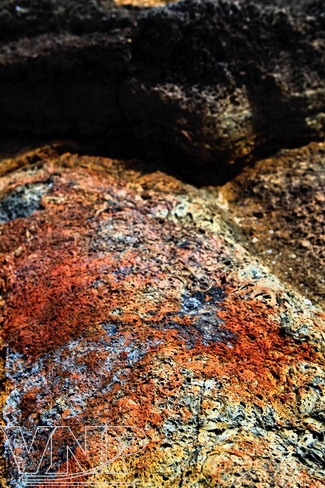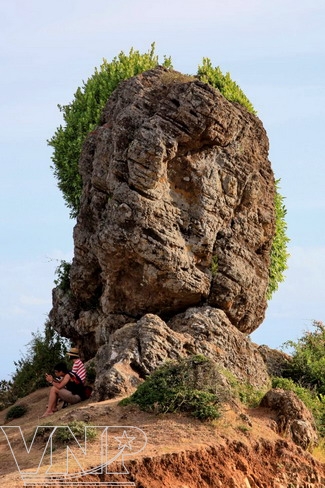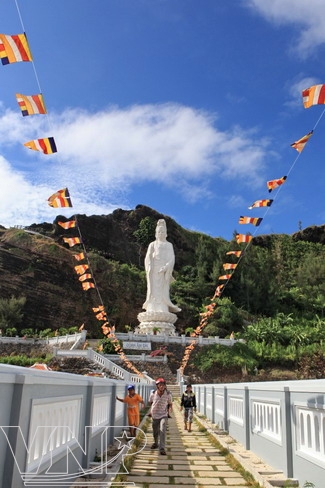Vinpearl Land Cable Hanger is over Nha Trang sea, connecting Nha Trang with Hon
Ngoc Viet tourism area on Hon Tre island. This is the world's longest
Hanger and it can contain the most people in one cabin.
The
construction started in August 2006. After more than 14 months of
building, the Hanger Cable was put into operation on March 10, 2007. On
every viewing corner of Nha Trang city, the tourists can see a system of
cable hanger with 9 cable pillars having the shape of Eiffel tower in
France.
The Cable Hanger is 3,320 meters long with 9 pillars, the
highest of which is 54.65 meters, the shortest is 7.96 meters. Its total
weight is up to 7000 tons. However such equipments like gas station,
cabins..imported from France are counted for one fourth of the total 200
billion dongs ($10 million). It is nearly considered absolutely safe.

The cable hanger is designed to have 65 cabins, serving 1500 tourists per turn every hour. Each cabin will run through the route between Nha Trang and Hon Tre island for nearly 9 minutes 20 seconds. The hanger can withstand the level 7 wind, the maximum compensation cost for an accident on one cabin is 12 billion dongs ($600.000).

Seating
on the Vinpearl Cable Hanger at the height of 54 meters, the tourists
can view thoroughly the marine city and Nha Trang Bay, one of the
world's most beautiful bays under a strange view. This Cable Hanger took
the interest of a lot of people while being under construction. Based
on the length, the Cable Hanger is considered to be the longest in the
world and is able to receive Guiness world record. For this reason,
Discovery Channel sent one responsible team to record first images of
his Hanger.

In
addition to the stretching wonderful beach, recreational areas that the
nature gifts, the Cable Hanger Vinpearl Land adds one more reason for
the local as well as foreign tourists to choose Nha trang as their
destination.
